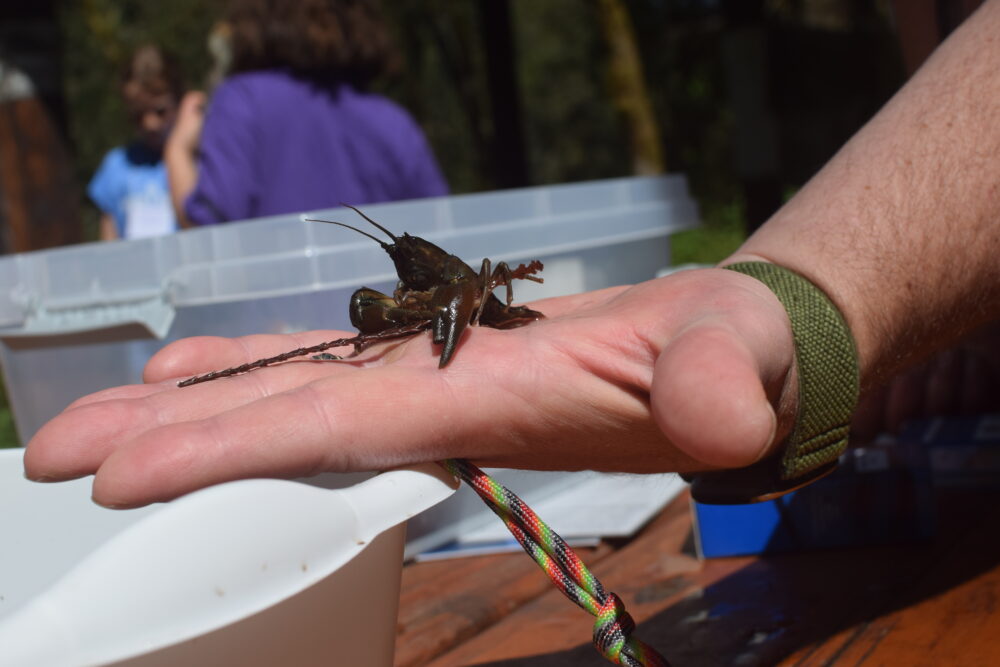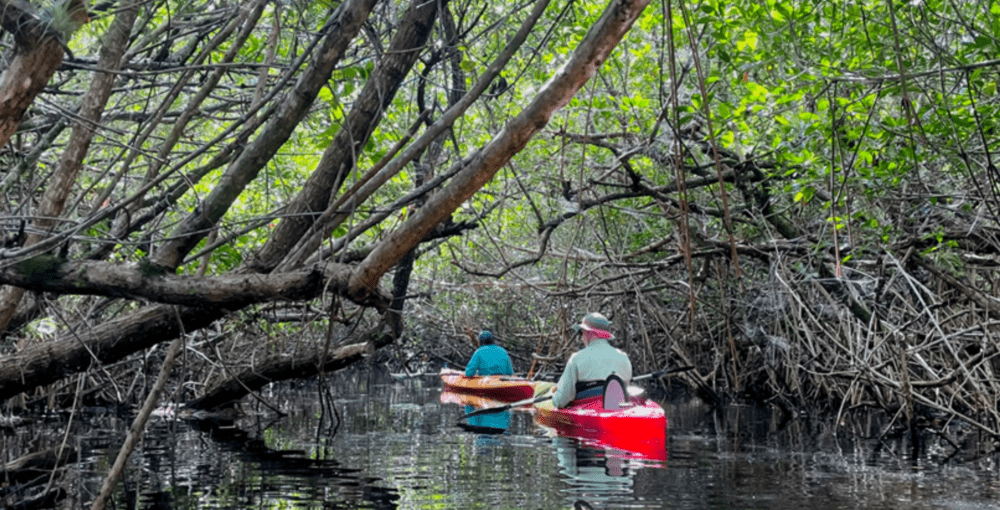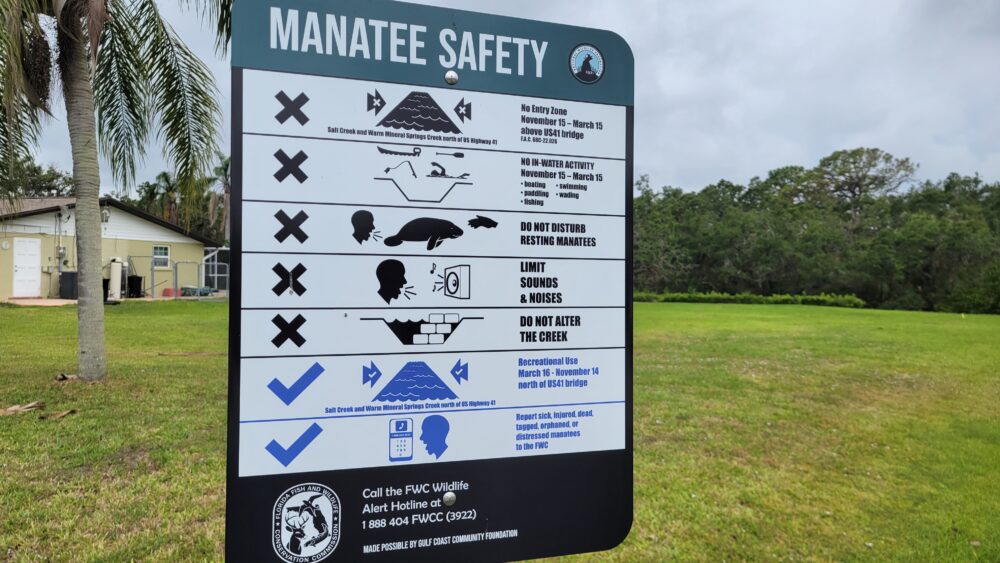We have much more to do and your continued support is needed now more than ever.
Where Are Migratory Monarchs This Fall?
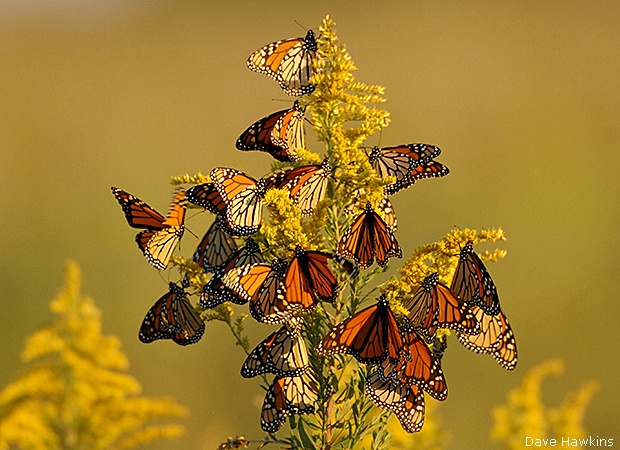
Until this year, that is. Rather than the dozens of monarchs I typically see feeding by day on the inn’s asters, goldenrods and other fall-blooming plants—and the hundreds clustering for warmth on yew, holly and hackberry branches once the sun starts to go down—I spotted just a handful of monarchs in total and never more than one individual at a time.
Numbers “Below Normal”
Like all migratory animals, monarchs, of course, are influenced by weather, and one cannot draw conclusions from a two-day visit to a single spot. Yet according to the citizen-science-fueled monitoring organization Journey North, the number of overnight monarch roosts recorded east of the Rockies this fall has been low, and roosts host fewer butterflies than in previous years. “Overall the monarch numbers in this migration are far below normal, and they are late,” says Monarch Watch founder and director Chip Taylor. “The migration in the Midwest this fall has been the lowest we have seen since the start of Monarch Watch in 1992.”
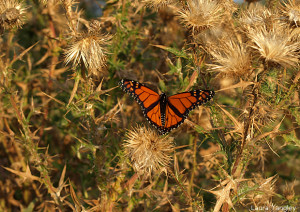
Anecdotal reports suggest fewer monarchs were breeding in North America this summer as well. On NWF’s Certified Wildlife Habitat Facebook page, for instance, we received messages from hundreds of worried wildlife gardeners who were seeing few, if any, monarchs on the milkweeds they grow for the butterflies. Their reports came from throughout the East and Midwest, from Maine, Massachusetts, and Connecticut to Ohio, Missouri and Minnesota to Georgia, North Carolina and Texas.
In fact, scientists expected to see fewer monarchs this summer. Last March, researchers who conduct annual surveys of the Mexican overwintering population—the majority of monarchs east of the Rockies—reported that the total area occupied by the butterflies during winter 2012 was just 2.94 acres, a 59 percent decrease from the previous year’s results and the lowest figure tallied in two decades.
Extreme-Weather Challenges
One trigger for the low numbers was a severe heat wave and drought that afflicted much of the continent during summer 2012, leading to decreased butterfly reproduction. This year’s weather has not treated monarchs much better: An unusually cold spring and early summer delayed the arrival in northern breeding grounds of first-generation butterflies that hatched in Texas. “To recover from a bad year, the conditions for development of the population the following year have to be favorable,” Taylor says. “Unfortunately, those conditions were not favorable at all.”
Beyond extreme weather—expected to worsen as a consequence of climate change—several stresses have been hammering monarchs for years, leading to a decline in their numbers over the past two decades. In Mexico, illegal logging and poorly regulated tourism in and around the butterflies’ overwintering sites are taking a toll. And throughout the insects’ North American breeding grounds, declines in milkweed plants—which monarchs need in order to reproduce—also are knocking down the butterfly’s numbers.
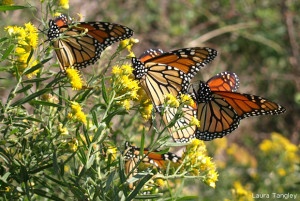
Milkweeds Decline
The latter problem is particularly acute in the U.S. Midwest, where genetically engineered, herbicide-tolerant corn and soybeans now allow farmers to apply the chemicals broadly, wiping out milkweed that once thrived between crop rows and in fallow fields on millions of acres of agricultural land. That loss is significant, Taylor says, “since row crops have been shown to produce more monarchs than any other habitat. Overall more than 20 percent of the monarch breeding habitat has been lost since the late 1990s, mostly in the Midwest.”
“Monarch numbers will continue to decline unless the collective efforts of citizens, communities and governments are large enough to offset the annual loss of habitat,” Taylor adds. Asked if he thinks monarchs will bounce back from their current historic lows, Taylor responded: “Monarchs will rebound, but the big populations of the 1990s are a thing of the past.”
Help Monarchs at Home
As wildlife gardeners, we can all support struggling monarchs in our own yards by planting milkweeeds that caterpillars need to survive and by cultivating fall-blooming native plants that fuel the butterflies’ journey south to Mexican wintering grounds. If you need a source of milkweeds appropriate for your region, check out Monarch Watch’s Milkweed Market.
![]() Help monarch butterflies and other wildlife by turning your property into a Certified Wildlife Habitat® site!
Help monarch butterflies and other wildlife by turning your property into a Certified Wildlife Habitat® site!
















